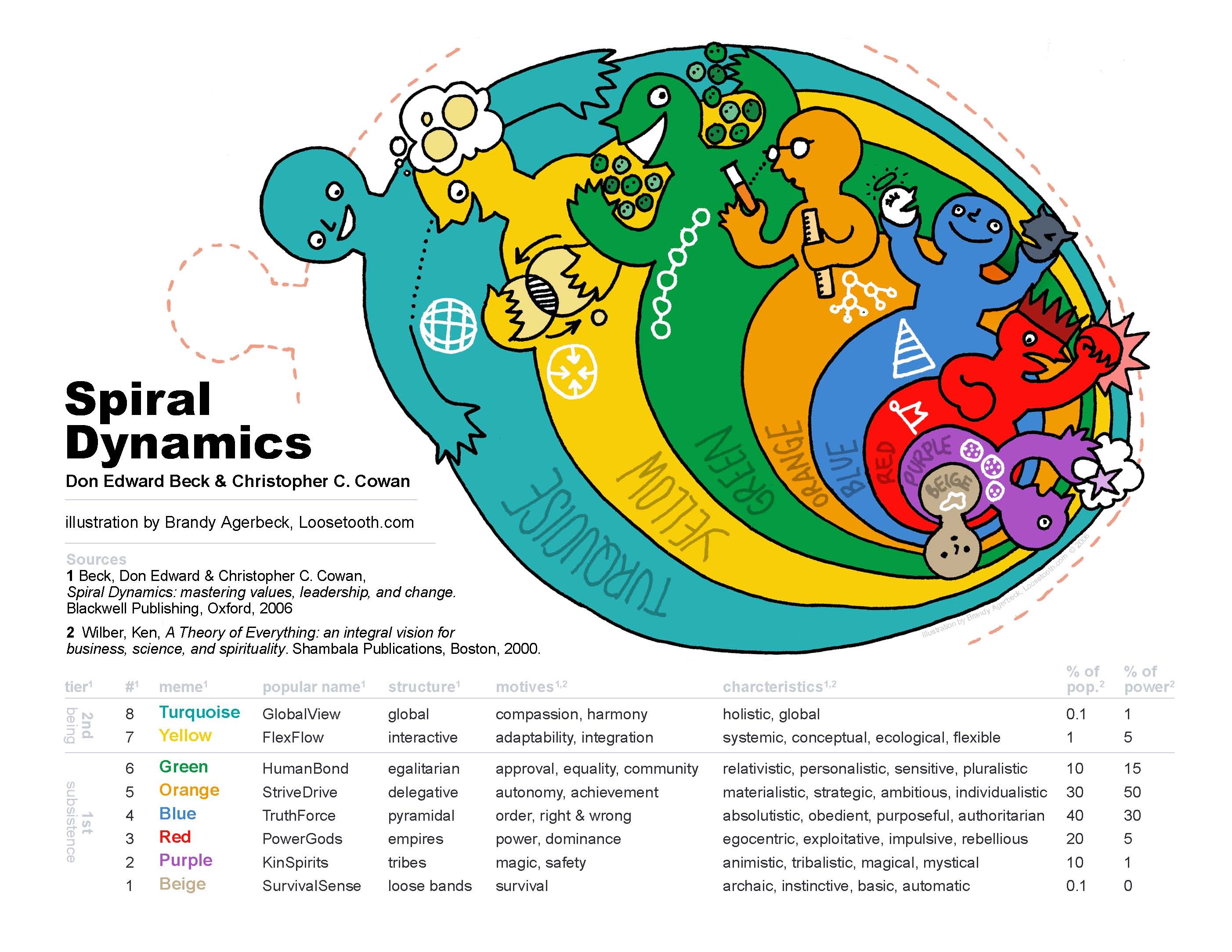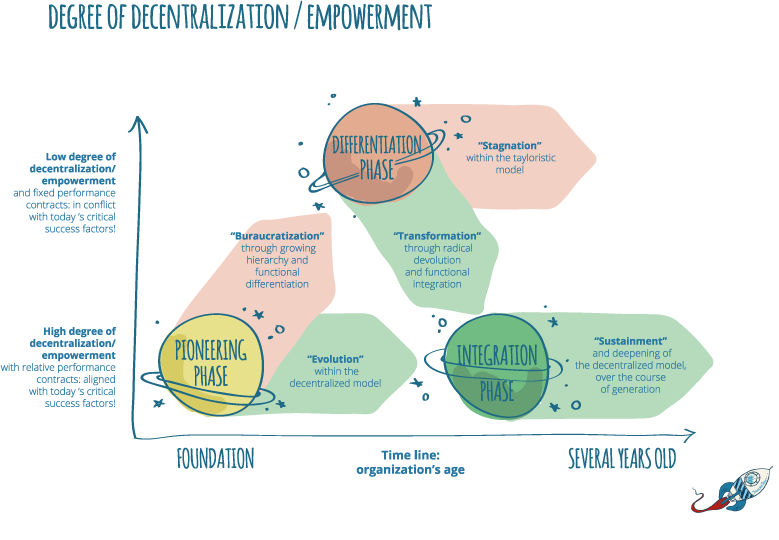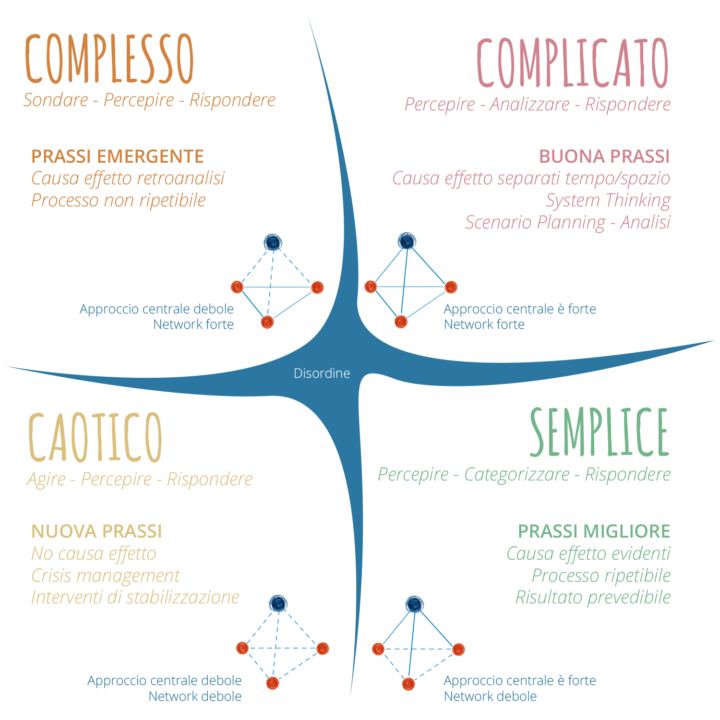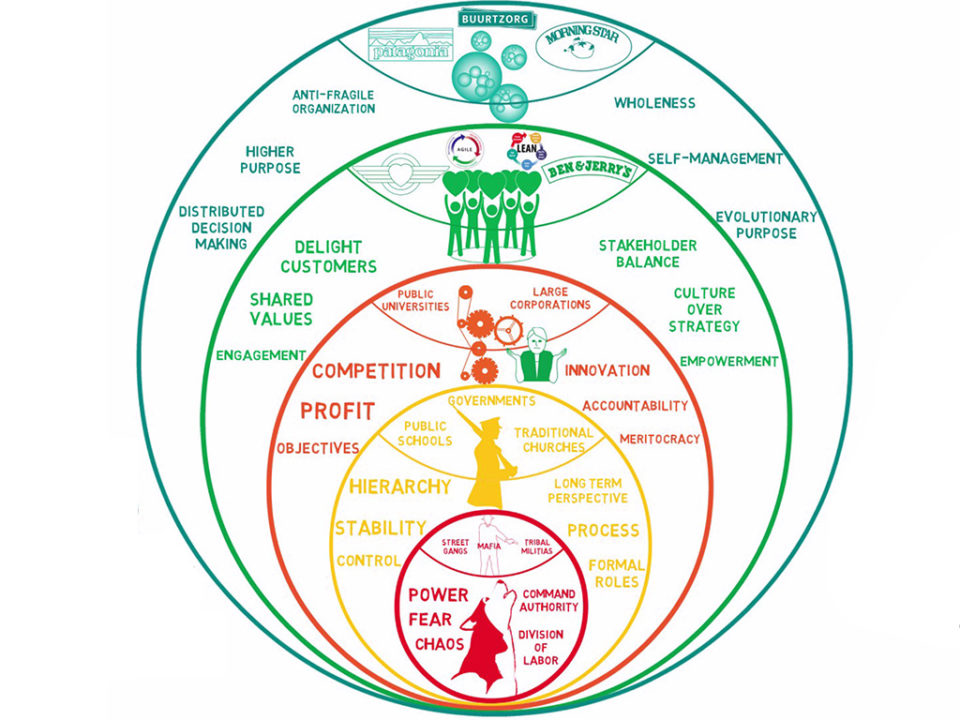We begin this Teal Journey together by exploring the different organizational paradigms that humans have created over the centuries, leading up to teal organizations.
In our work as Peoplerise we continue to search for stories, practices and ways that tell perhaps new ways of collaborating within organizations.
We have been deepening the theme of Teal companies, based on self-organization, both from a theoretical point of view (through conferences and books), from a practical perspective (by experimenting directly within our organization), as well as through informative initiatives (we have translated the best selling book “Reinventing Organization” by Frederic Laloux into Italian).
BUT WHAT ARE TEAL ORGANIZATIONS AND WHY DOES THE THEME CREATE GREAT INTEREST IN THE ORGANIZATIONAL WORLD?
“Could it be that our current worldview limits the way we think about organizations? Could we invent a more powerful, more soulful, more meaningful way to work together, if only we change our belief system?”
Frederic Laloux
the aim
The aim of the next posts is to share in synthesis the main reflections presented in Frederic Laloux’s work on the concept of TEAL organizations, describing its peculiarities, and also suggesting some reflections that can integrate the “evolutionary” vision of organizations described by Laloux with an “adaptive” vision linked to the context.
For those who have not yet heard of TEAL, it is a strand of organizational studies that has become highly topical thanks to Frederic Laloux’s recent book “Reinventing Organizations”.
From my point of view, the TEAL strand has all the characteristics to become the new “LEAN”. As in the case of LEAN, the risk of “mechanising” the TEAL approach is really high and I would like to bring attention and depth to the topic in these posts.
In extreme synthesis, Laloux highlights how, for each stage of development of the human being, there has been an evolution in the way people collaborate, which has thus produced organizational modes that are more innovative and performing from time to time, producing great improvements in private and professional life. Becoming TEAL will seem, as we will see in this and future posts, a necessity for organizations. Is that really the case? And what does it mean to become TEAL? More importantly, how can one become TEAL?
the stages of organizational systems
Before describing the innovations that TEAL proposes, I will review the various “stages” of organizational systems, taking my cue not only from Laloux’s work, but also from two additional reference approaches that can give us an interesting perspective with respect to these questions:
- The model of evolutionary development of the human being used by Laloux, referred to as Spyral Dynamics (Graves, 1974; Beck and Cowan,1996; Laloux, 2014), through which we can observe the different styles of collaboration and leadership that have occurred throughout history. The stages of development are named by color code.

- An approach to organizational evolution based on the work of Lievegoed (1973), a pioneer in organizational development. According to Lievegoed, companies experience three main phases: the pioneering (or simple) phase, the differentiated phase, and the integrated phase. In addition to this, there is a fourth phase proposed by Glasl in 1993 called “associative”.

- The Cynefin Framework (Snowden and Boone, 2007), based on adaptive complex systems, which focuses on the importance of context as a determining factor when using different decision-making models. The contexts that this framework identifies are the orderly (simple, complicated) the non-orderly (complex, chaotic) and the disorderly.

Approaching the theme of the different possible ways of collaboration, while looking at these 3 frameworks, allows us to observe which paradigm could work better in a given context. It is not my intention to give a judgment on the ideal paradigm: the topic is indeed complex: to give a judgment on this would mean to take away every possible sense of this work.
The types of organizations we will explore in the next few posts are:
- The Red organization whose metaphor is “the wolf pack“. The emergence coincides with the first structured forms of organizational life
- The Amber organization whose metaphor is “the army“. The main breakthroughs it brings are long-term perspective, size and stability. (The Amber organization corresponds to the Blue color of Spiral Dynamics)
- The Orange organization whose metaphor is “the machine“. It is the paradigm that is most present today in large corporations. The main turning points are innovation, responsibility, meritocracy.
- The Green organization whose metaphor is the “group of friends“. It was born with the non-profit movements and also developed in “for-profit” contexts. The main breakthroughs it brings are empowerment, value-based culture, multiple stakeholder perspective.
- The Teal organization whose metaphor is “the living organism“. Laloux cites a dozen organizations of different sectors and sizes that already act in this way, and many others have emerged since his work, in Italy as well. The main turning points he brings are self-organization, the totality of the person, and living purpose. (Teal organization corresponds to the Yellow color of Spiral Dynamics)
The following post will be devoted entirely to the Red organization.

taken from ReinventingOrganizations.com

